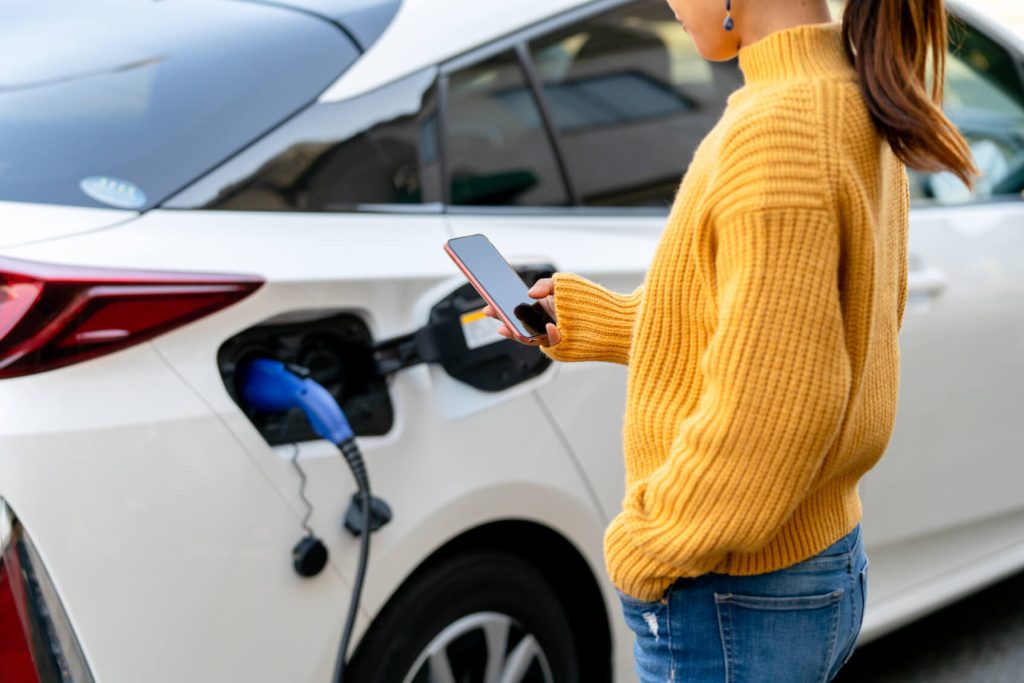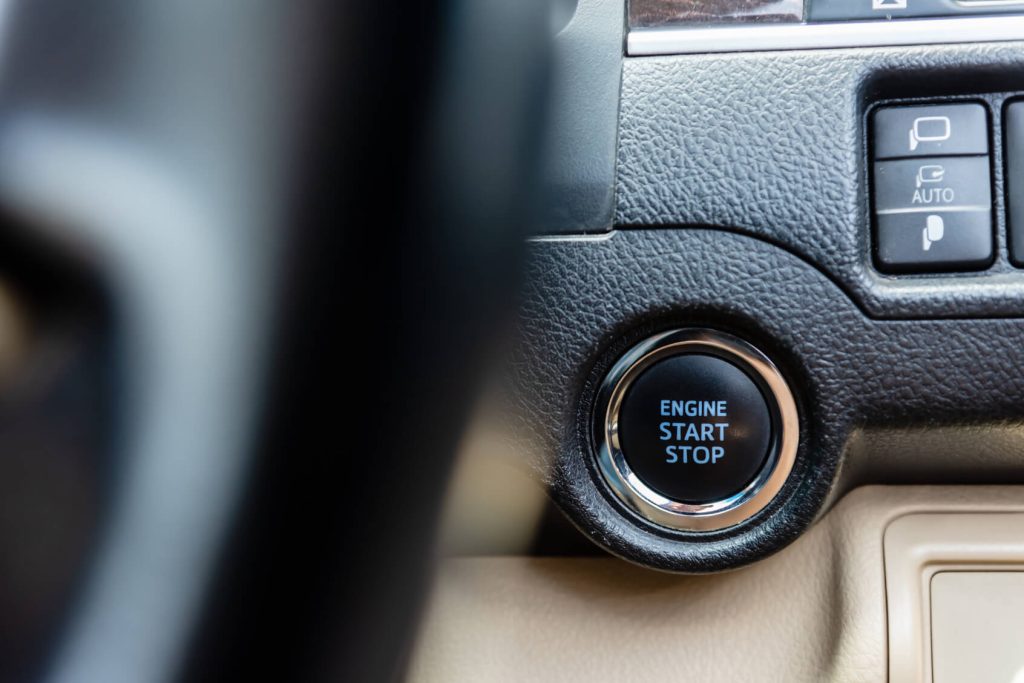Jun 26, 2023
Hybrid cars: between the past and future of mobility
It’s part of human instinct: seeking new forms of energy, integrating them with those we already use, creating new tools, and refining them to achieve something better. When, a few millennia ago, our ancestors first harnessed horse power for human work, they created the first hybrid technology. So powerful and revolutionary that some thought these horse-riding humans were deities. The myth of the Centaurs tells this story: our ability to unite what is separated, to create what does not yet exist.
Like those ancient people, we contemporary individuals maintain the same innovative instinct, albeit with new needs and new responsibilities towards a nature that struggles to absorb our consumption and regenerate its reserves. Thus, new ways of traveling have been created, blending electricity with combustion engines. The various types of hybrid engines are once again changing our mode of transportation, and we have not yet stopped.
Once again, we must push beyond, to find new forms of energy and refine existing ones, to transform our way of doing, working, moving.
The Birth of the Hybrid Engine
Today’s societies, in their quest for clean, less polluting mobility and in their unstoppable creativity, have managed to create engines that combine the advantages of internal combustion engines with those of electric motors. The idea of a hybrid engine dates back over a hundred years, when the genius of a young Austrian engineer named Ferdinand Porsche, who would later establish the car company that bears his name, led him to patent a new hybrid propulsion system.
In his experiments, pairing four battery electric motors in the wheel hubs, Porsche realized that the system was too heavy and did not provide satisfactory autonomy or thrust. He therefore decided to reduce the number of accumulators and pair the system with a gasoline engine that would recharge the remaining batteries, thus creating the first mild hybrid system in history.The system had some success for a few years, even though it was very costly and technically challenging. Consider that in the early 1900s, a third of all vehicles in the United States had some kind of electric propulsion. This continued until the introduction of the system brought by Henry Ford with his assembly lines. By mass producing combustion engines at prices far below competition, he put a huge brake on the development of electric motors and their derivatives, without ever completely halting their development by enthusiasts and visionaries of every era.

The differences between electric and hybrid
The difference between the two modes of traction is already defined by the name: in the case of electric cars, we have a totally electric motor (full electric), while in hybrid cars, we have two engines, one gasoline thermal and the other electric. The operation of the latter is dictated by the technology used, so we can have electric motors that allow the vehicle’s traction and electric motors that only act as “help” for some functions of the car.
How hybrid engines work
Today’s hybrid cars represent the most advanced and innovative solution in the modern automotive industry, as they combine the advantages of combustion engines with those of electric motors. Huge strides have been made thanks to these visionaries who have increasingly involved public opinion with newer engines, with increasingly sporty performances year by year, and the ability to offer a driving experience supported by sophisticated technology, thanks to the numerous control and safety systems inserted in modern cars.
But how do hybrid cars work? As in the days of engineer Porsche, the hybrid car uses an electric motor together with an internal combustion engine. The electric motor is powered by lithium batteries that can be recharged in different ways, through the phenomenon of regenerative braking or by using the combustion engine when it is in action, which has the role of recharging the batteries by providing the necessary energy to the electric motor.
The most traditional classification distinguishes between mild hybrid, full hybrid, and plug-in hybrid. In the first two types, the charging is determined by internal systems, in the latter the battery can be connected to a specific charging system for electric cars.
Another classification is based on the power supply system, which can be of three types: serial, parallel or mixed.

Serial Power Supply System
In the serial system, as in the E-Power system of the Nissan Qashqai, the thermal engine works exclusively as a generator for the electric motor, it is therefore not connected in any way to the wheels and does not provide traction to the vehicle.
Parallel Power Supply System
In the parallel system, however, widespread in most cars, the combustion engine is assisted by the electric motor, and is necessary for the start-up of the circuit and for traction. Both motors are connected to the wheels, in fact, the electric motor can also move the vehicle within certain speed thresholds or in other situations but mainly it is the thermal engine that takes care of the propulsion. In this case, the batteries can be recharged both via the thermal engine and through the regenerative braking system.
Mixed Power Supply System
The mixed system, as can be easily deduced, comes from a combination of these two. It is composed of a generator and two motors, both electric and thermal. At low speeds, the electric motor will be active, at higher speeds it will be the thermal engine taking care of the propulsion. Both are activated when additional power is needed. The Toyota Prius Hybrid is a case of using the system called “series parallel hybrid”.
Types of hybrid cars
Numerous hybrid car solutions are available on the market, which have different characteristics and functionalities. In order to choose the one that suits our case it is necessary to evaluate different factors: personal, economic, and utility.
For example, a Mild Hybrid car has a small auxiliary engine that helps the thermal engine to be more efficient, but it cannot propel the car, so if we are people who do many km on extra-urban routes, maybe not in the plains, we would prefer this type of car that guarantees less effort to the engine and helps us save, or if we want a more gritty engine in the start-up or acceleration phase.
If we live in a city and make many small urban moves instead, we might prefer the choice of a Full Hybrid or a Plug-In hybrid, as they have a larger electric motor and can move the vehicle at low speeds, allowing us in these phases to not use fuel by marching totally electric.In general, all types of hybrid cars provide advantages in terms of efficiency, consumption, and performance. To make the best choice, then, everyone will evaluate according to their priorities among the environment, costs, efficiency, and performance.
Differences from internal combustion cars
Hybrid cars offer advantages over internal combustion cars not only from a purely technical point of view. Many Italian municipalities offer substantial bonuses for the purchase of hybrid vehicles, not to mention that they often offer the possibility of accessing the limited traffic zones of many historical centers and enjoying tax benefits, such as exemption from paying the car tax for the first years.
Hybrid cars, among mild hybrid, full hybrid, and plug-in hybrids, are among the most sought-after models in recent years, also because they represent an ideal point of passage, even for those who may be less inclined to a direct transition, towards a full electric experience.
Whether it is out of pure curiosity, or to save thanks to the undeniable advantages linked to this constantly evolving technology, this type of car placed between a nearly forgotten past and a future that is moving rapidly towards change, currently represents a smart and convenient choice on the market.

Fuel Consumption of Hybrid Cars
Hybrid cars can offer lower fuel consumption compared to traditional cars, thanks to the technologies and systems provided on board.
The Start & Stop system, which automatically turns off the car when it is not moving, the energy recovery system in braking and the assistance provided by the electric motor in acceleration, are examples of how it is possible with minimal measures to increase the overall efficiency of the car by reducing consumption, fuel costs and providing an immediate benefit to the economic balance of families, giving their contribution to the reduction of climate-altering gas emissions.
The savings obtained depend, as for all other cars, on the car model and the type of driving we assume, but on average you can expect up to 20-30% less consumption compared to traditional cars. The savings obtained allows us in the medium-long term to also amortize the initial investment due to the higher cost that this category of vehicles has on average.The world of the car is still undergoing a deep transformation towards a future that is moving rapidly towards an almost total conversion to electric for private mobility, and hybrid cars, in this phase can play a fundamental role, representing a bridge of connection that only waits to be crossed.
Purchase your EV Charger
Our expert will contact you to offer you the most suitable solution for you.
